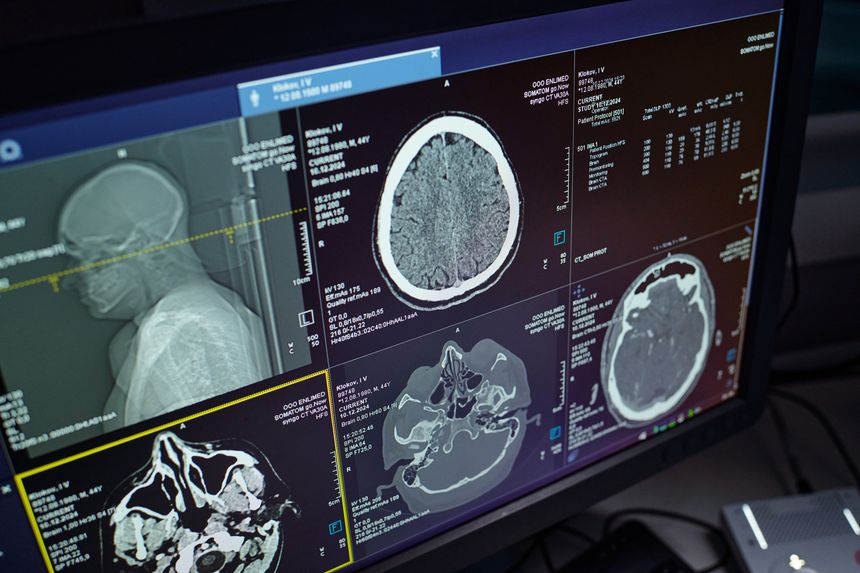In 2014, the U.S. Congress passed the Protecting Access to Medicare Act (PAMA), directing the Centers for Medicare & Medicaid Services (CMS) to establish a program for using appropriate use criteria (AUC) when ordering advanced diagnostic imaging services—such as CT, MRI, and PET—for Medicare outpatients. The efforts by CMS to put the AUC program in place have been fraught, with mixed reviews from various affected medical specialty societies. After a long and rocky road, CMS permanently put the AUC program on hold in 2023.
Much of the controversy centered on using Medicare claims processing as the methodology for enforcement, with imaging centers being the primary target for penalties, rather than the physicians ordering the test.
In the interim, the American College of Radiology searched for an alternative legislative vehicle.
Now, in 2025, Congressional lawmakers have introduced a new bipartisan proposal: the Radiology Outpatient Ordering Transmission (ROOT) Act. As reported in Radiology Business, the ROOT Act aims to revive and modernize the shelved AUC program, fixing its core operational problems by:
Eliminating the real-time claims edits that have blocked implementation. Instead, ordering providers will attest that they consulted appropriate use criteria at the time of the order of an advanced diagnostic imaging study.
Retrospective auditing will replace automatic claims denial, reducing administrative burden and unintended payment denials.
Exemptions for small or rural practices, as well as for imaging ordered in clinical trials.
Retained oversight with CMS monitoring compliance and identifying non-compliant ordering physicians/practitioners through retrospective review.
Finding potential federal savings of $2.2 billion (2025–2034), along with $1.6 billion in lower patient cost-sharing.
The ACR has endorsed the legislation, noting that it could “improve patient care, reduce unnecessary radiation exposure, and save taxpayers billions.”
For the imaging community, this is a pivotal moment. Will the ROOT Act successfully transform the AUC program from a regulatory burden into a practical quality-assurance framework—aligning clinical best practices, patient safety, and Medicare efficiency? Time will tell.

/Passle/5db069e28cb62309f866c3ee/MediaLibrary/Images/2025-06-30-18-20-05-882-6862d555bf3898129ef17194.jpg)
/Passle/5db069e28cb62309f866c3ee/SearchServiceImages/2025-11-17-06-06-19-600-691abb5b5011860d8fdcc894.jpg)
/Passle/5db069e28cb62309f866c3ee/MediaLibrary/Images/2025-09-08-14-53-13-586-68beedd97356a10e44369bc6.jpg)
/Passle/5db069e28cb62309f866c3ee/SearchServiceImages/2025-11-18-14-55-50-141-691c88f6e22d9808a7902fc3.jpg)